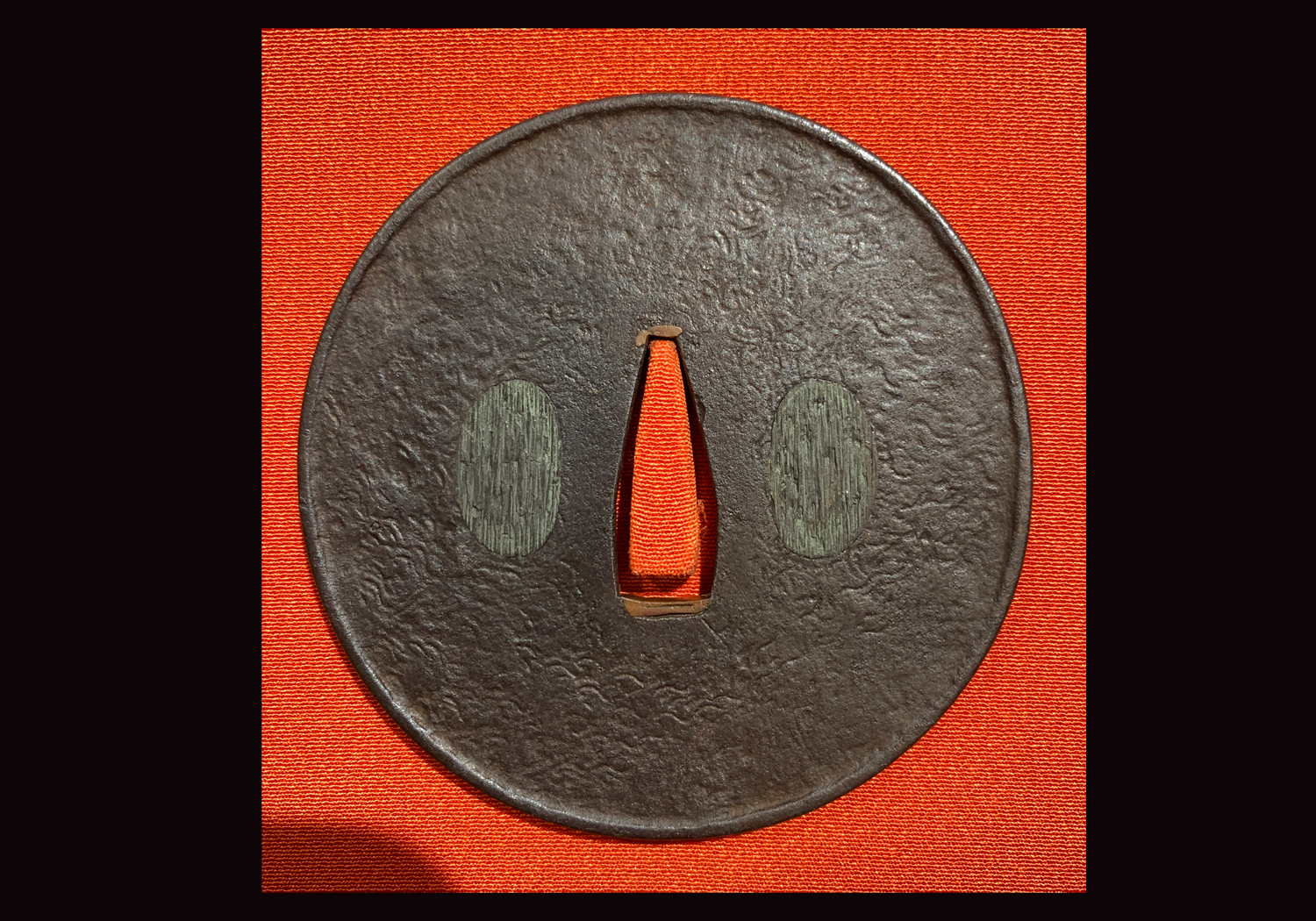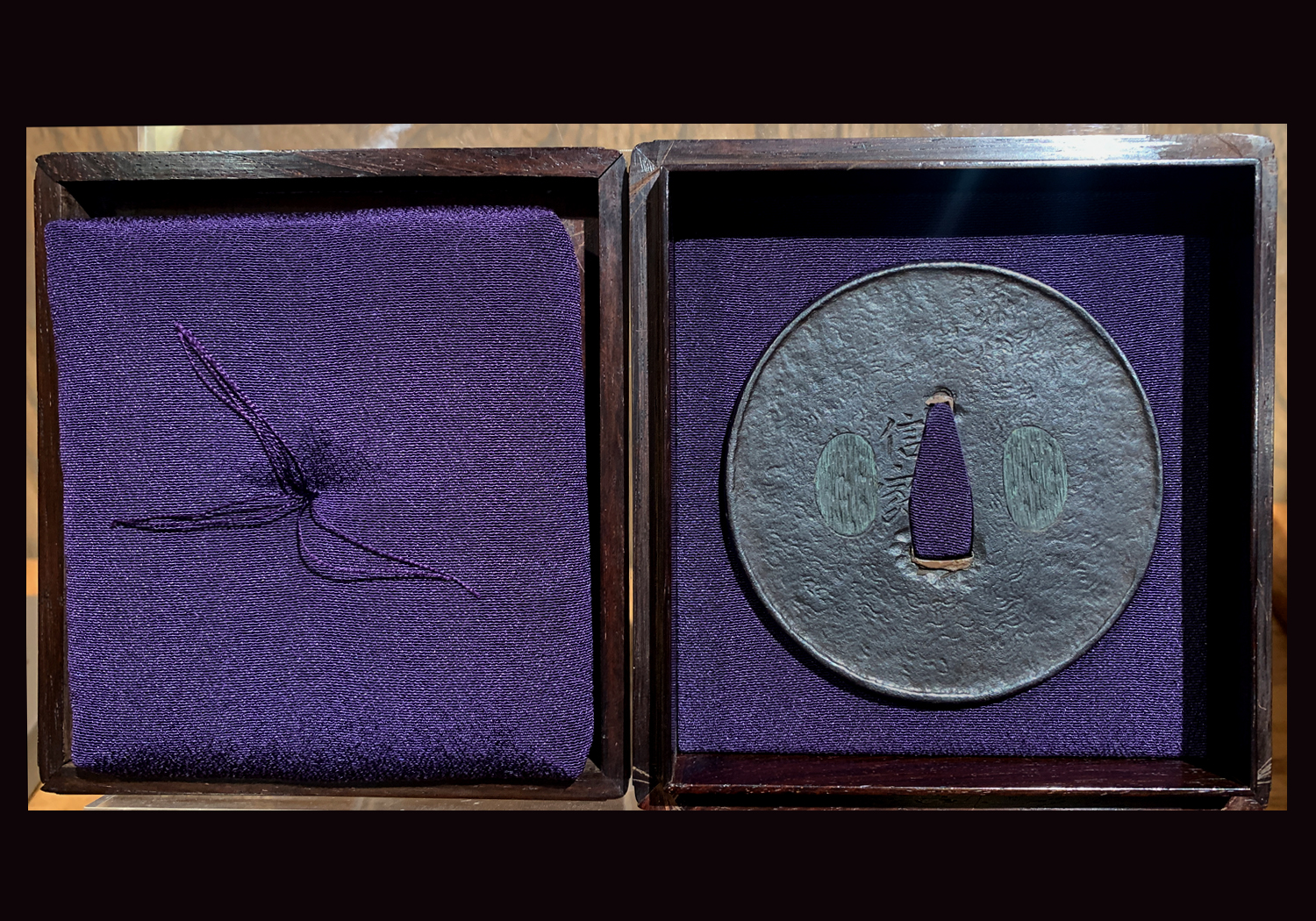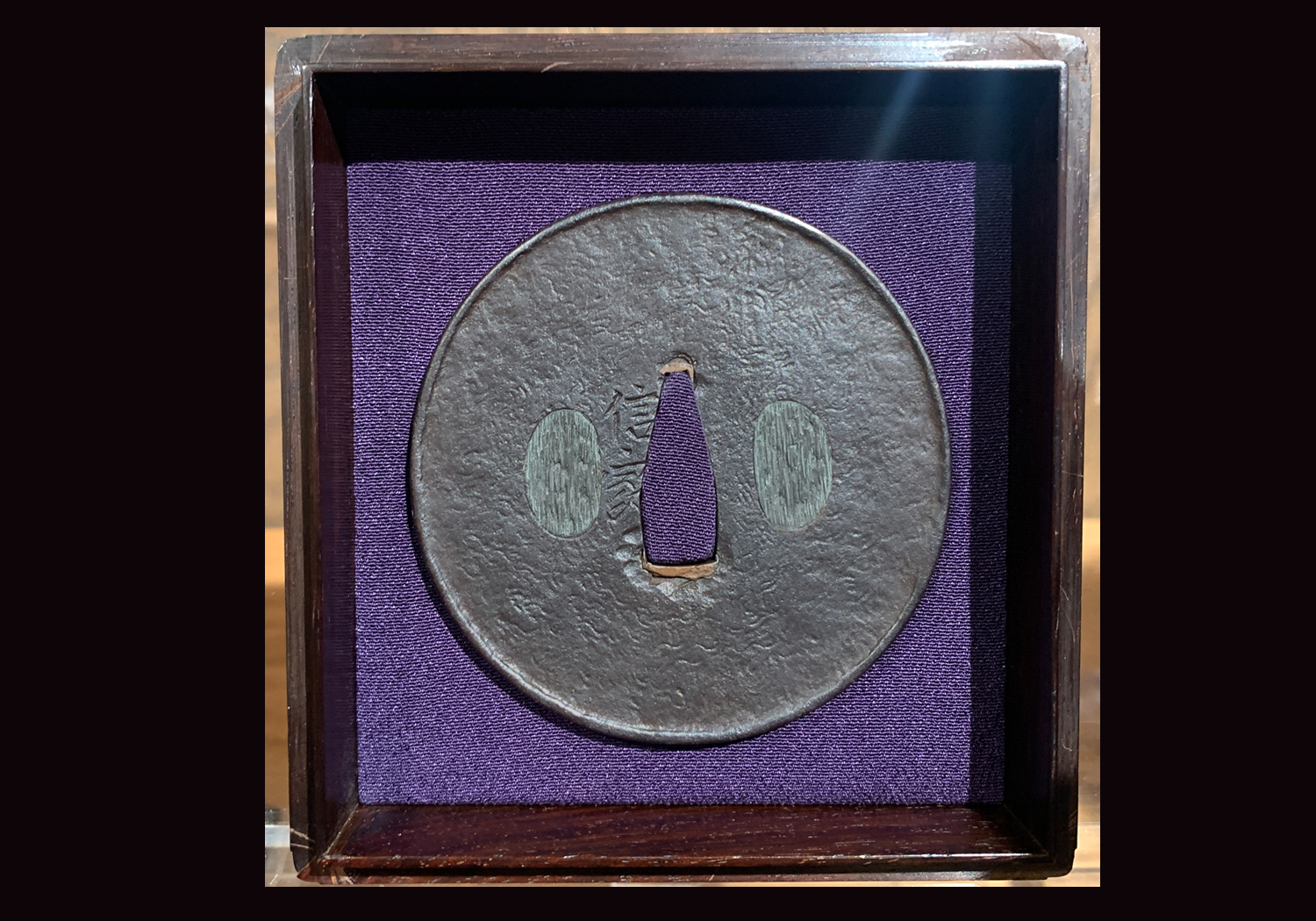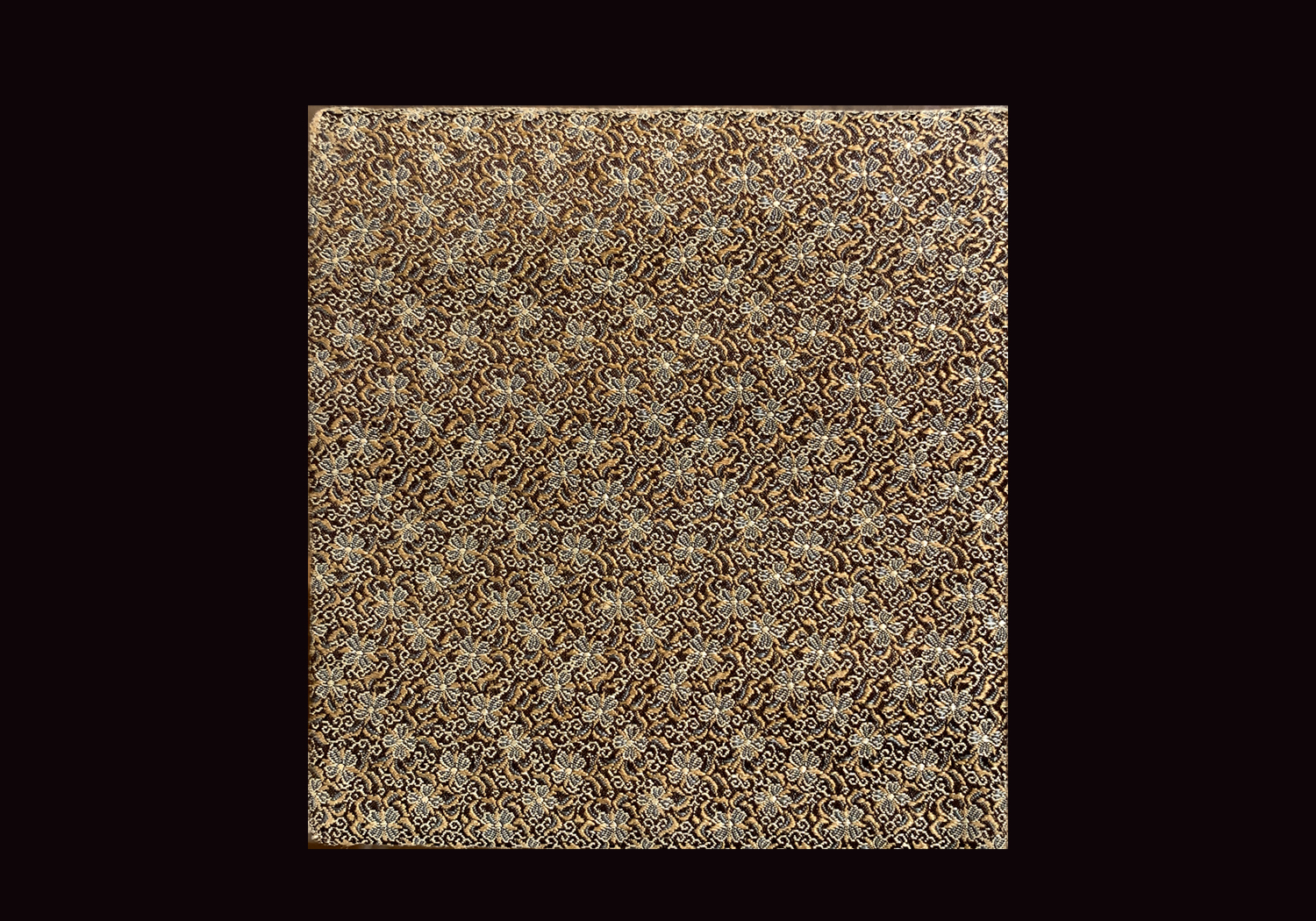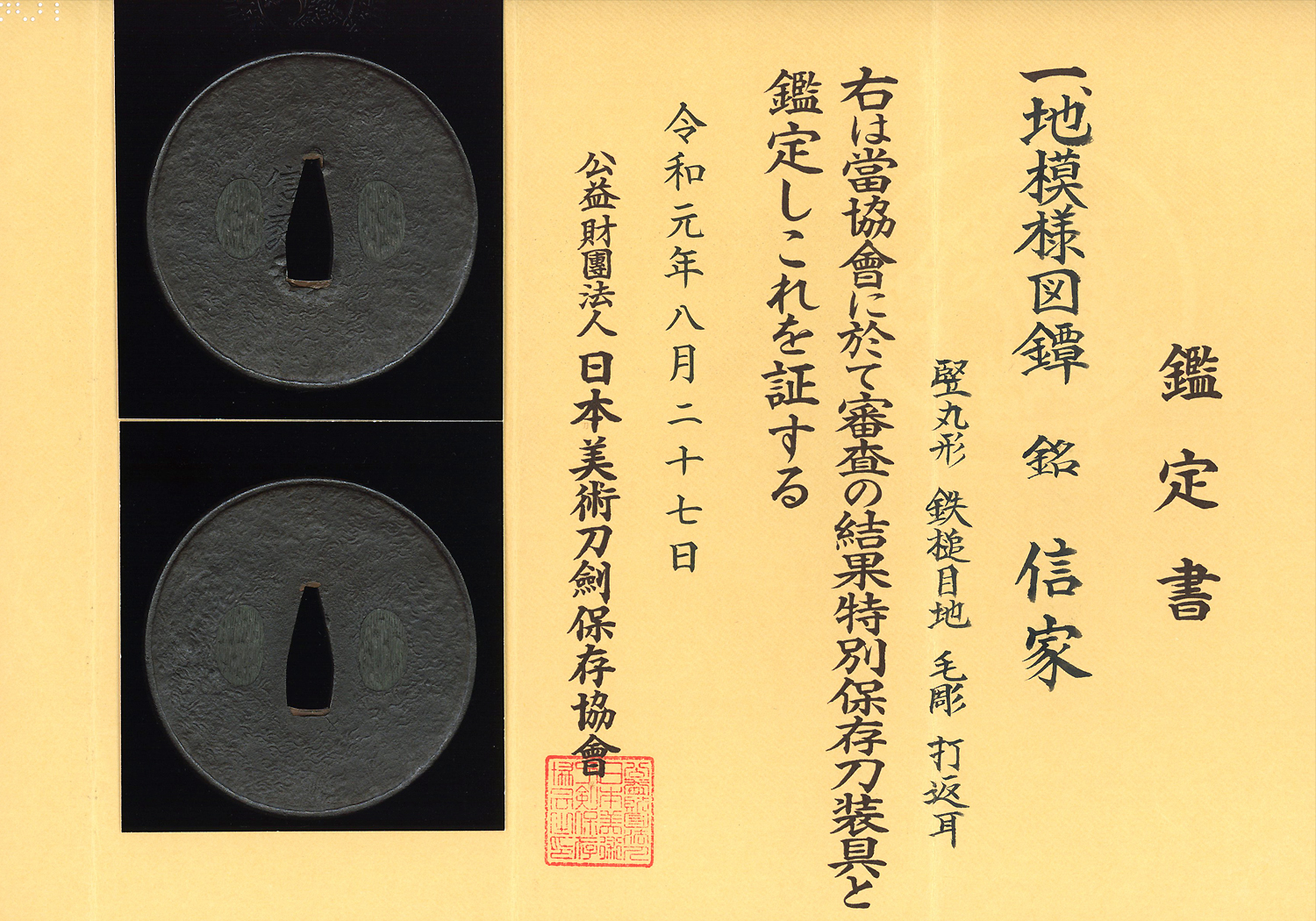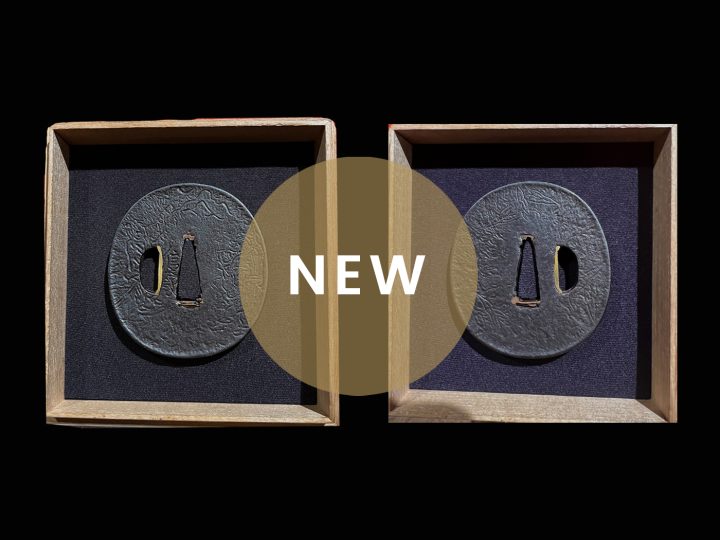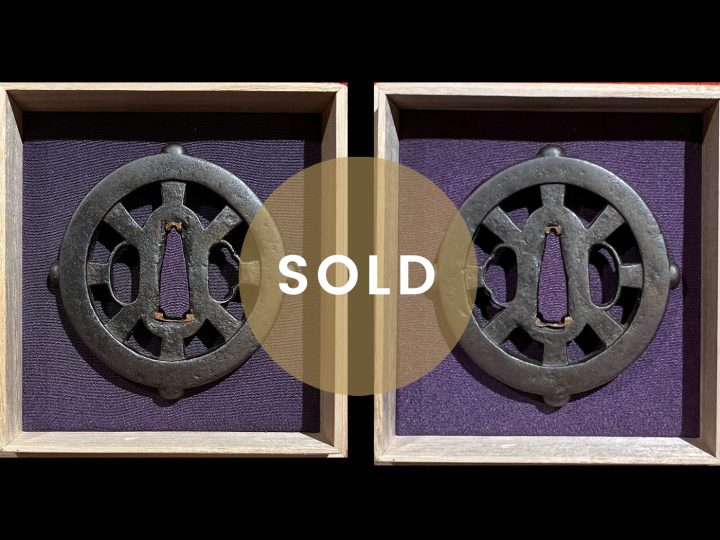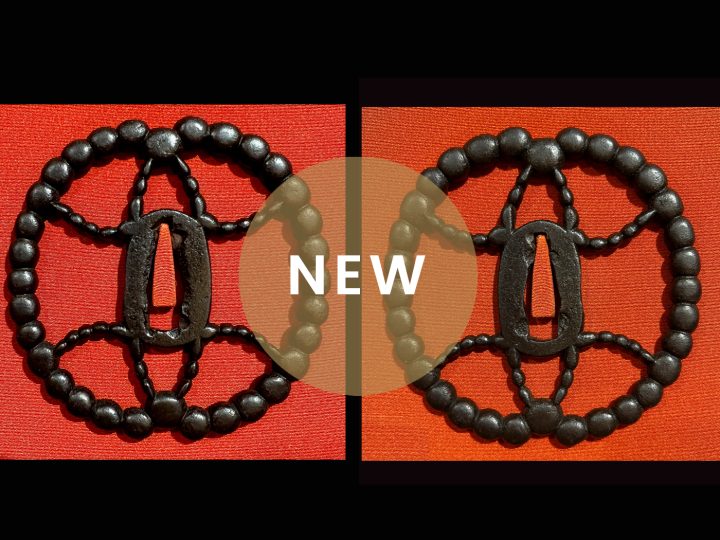
It is an undisputed fact that Nobuie is considered to have been one of the greatest iron tsuba makers in Japanese history. He worked in the 16th century toward the end of the Sengoku Jidai (era of the country at war). Let me open this article with a quote posted on 2013/06/14 by Markus Sesko:
According to Katsuya Toshikazu´s (勝矢俊一) article “New Studies on Nobuie” (“Nobuie no shin-kenkyû”, 信家の新研究), the 1st generation Nobuie (信家) was active around Eiroku (永禄, 1558-1570), Genki (元亀, 1570-1573), and Tenshô (天正, 1573-1592) in Kiyosu (清洲) in Owari province. That means he lived right in the turbulent period when the so-called “Three Unifiers”, i.e. Oda Nobunaga, Toyotomi Hideyoshi and Tokugawa Ieyasu, brought a close to the no less turbulent Sengoku period. We know that the Sengoku period, which arose out of the local Kyôto Ônin War (Ônin no ran, 応仁の乱, 1467-1477), brought a century of political instability and warfare, but not of constant warfare as some suppose. However, it was a time when old power structures were overthrown, the “underlings were conquering the overlords” (gekokujô, 下克上), and an almost entirely decentralized state system under more or less independent warlords had emerged. Living over three or more generations in uncertainty about whom to serve and where resulted in a very own world of ideas and taste. The Sengoku period was also a great stimulus for the changes in Buddhism and the shift towards the Zen aesthetic. That means many formerly religious or upper-class activities “slopped over” to the common warriors and common people, for example the tea ceremony, painting and poetry. In terms of painting, landscapes and other secular subjects were increasingly depicted. That all resulted in certain guiding concepts of the arts, namely wabi (侘び, the spirit of quiet simplicity), sabi (寂び, aesthetic melancholy), and yûgen (幽玄, the unfathomable mystery). In that age of struggle, when warriors often risked death and witnessed the rise and fall of their friends and foes, constant awareness of and preparation for death were necessary and the impermanence of human life and achievement was omnipresent. In short, the inevitability of death was fully accepted and lived, supported by then very modern approaches of Zen Buddhism of a total affirmation of human life just as it is and regarding all daily activities as Zen-Buddhist practice.
Tsuba were of course not excluded from these changes. By the time of Nobuie, more attention was paid to a “perfected imperfection” in the aforementioned sense of wabi and sabi, i.e. a work which looks as if created with no ulterior motives and no preconceptions by nature but by the use of perfected craftsmanship. In short, slightly irregular shapes and an uneven surface and rim were desired by those following this approach. With this in mind, Nobuie´s tsuba have much in common with tea ware because with the forging and hardening of the iron, many aspects show up only at the finished piece just like it is the case at firing a tea bowl.
The works of Nobuie are famous because his works forged an absolutely new path in the artistry of tsuba making. His tsuba are strong, masculine, and even considered to be somewhat clumsy. They are thick and strong, made with well forged heavy dense iron. In short, as it has been stated above, he “perfected imperfection” with his works.
The tsuba presented here today is a wonderful of his example of his working style. It is tatemaru-gata in shape (slightly elliptical), measuring 2.97 inches (7.6 cm) by 2.91 inches (7.4cm). It has a uchikaeshi-mimi (rim turned back by hammering), tsuchime finish (hammered), and kebori (thin line carvings). The thickness at the mimi (edge) is 0.19 inches or 0.5 cm with the plate sloping to a thickness of about 0.12 inches or 0.3 cm at the center (nakago ana). The metal has a denseness to it that gives it a weight much heavier than one would expect by simple observation. It is signed “Nobuiye” with the Hanare Mei style signature that is generally attributed to the first generation. This would put this tsuba round 1570.
This tsuba was awarded NBTHK Tokubetsu Hozon papers in 2019 and it comes in a custom-made wooden box with a custom-made cloth cover. It would be the highlight of any collection.
PRICE: $18,500.00



